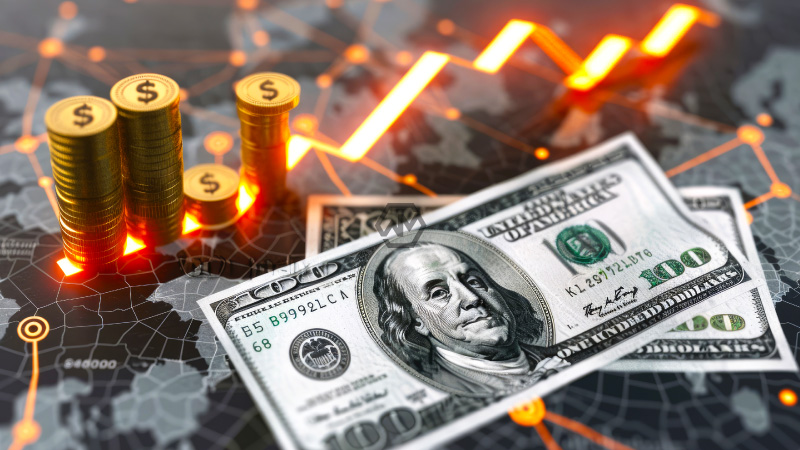- Bank Indonesia (BI) raised its benchmark BI-Rate by 25 premise focuses to 6.25 percent on Wednesday.
- High US loan costs and heightening Center East international strains affected this choice.
- Looking forward, BI will intently screen gambles related to the bearing of the FFR decline and worldwide international pressures.
The US economy eased back strongly last quarter to a 1.6 percent yearly speed notwithstanding exorbitant loan costs, however, purchasers — the primary driver of financial development — continued to spend at a strong speed.
Thursday’s report from the Trade Division said the GDP — the economy’s absolute result of labor and products — decelerated in the January-March quarter from its energetic 3.4 percent development rate in the last three months of 2023.
US Economy Reduced to 1.6 Percent
A flood in imports, deducted from Gross domestic product, decreased first-quarter development by almost 1 rate point. Development was additionally kept down by organizations lessening their inventories. Both those classifications will more often than not vacillate strongly from one quarter to another.
Conversely, the central parts of the economy seem durable. Alongside families, organizations assisted in driving the economy with enduring quarters with major areas of strength for speculation.
The economy, however, is making cost pressures, a proceeding with a wellspring of worry for the Central Bank. A proportion of expansion in Friday’s report advanced quickly to a 3.4 percent yearly rate from January through Spring, up from 1.8 percent over the most recent three months of 2023 and the greatest expansion in a year. Barring unstable food and energy costs, the supposed center expansion increased at a 3.7 percent rate, up from 2% in the final quarter of 2023.
From January through Spring, customer spending increased at a 2.5 percent yearly rate, a strong speed however down from a pace of multiple percent in every one of the past two quarters. Americans’ spending on administrations — everything from film tickets and eatery feasts to aircraft admissions and specialists’ visits — rose 4%, the quickest such speed since mid-2021.
The economy’s progressive log jam reflects, by and large, a lot higher rates for home and vehicle advances, charge cards, and numerous business credits that have come about because of the 11 loan fee climbs the Fed forced in its drive to tame expansion.
All things being equal, the US has kept on outperforming the other world’s high-level economies. The Global Money-related Asset has projected that the world’s biggest economy will develop 2.7 percent for all of 2024, up from 2.5 percent last year and over two times the development the IMF anticipates this year for Germany, France, Italy, Japan, the Unified Realm, and Canada.
BI Lead representative Perry Warjiyo made sense of that high expansion and solid financial development in the US had prompted the hypothesis of a more modest and more delayed decrease in the US Central Bank’s benchmark loan cost (Took care of Assets Rate/FFR). This lines up with articulations from Central bank authorities.
Moreover, the US’s rising obligation prerequisites have caused a nonstop ascent in US Depository yields and a more grounded US dollar worldwide.
These elements could prompt further vulnerability in worldwide monetary business sectors, expanded inflationary tensions, and diminished possibilities for worldwide financial development.



